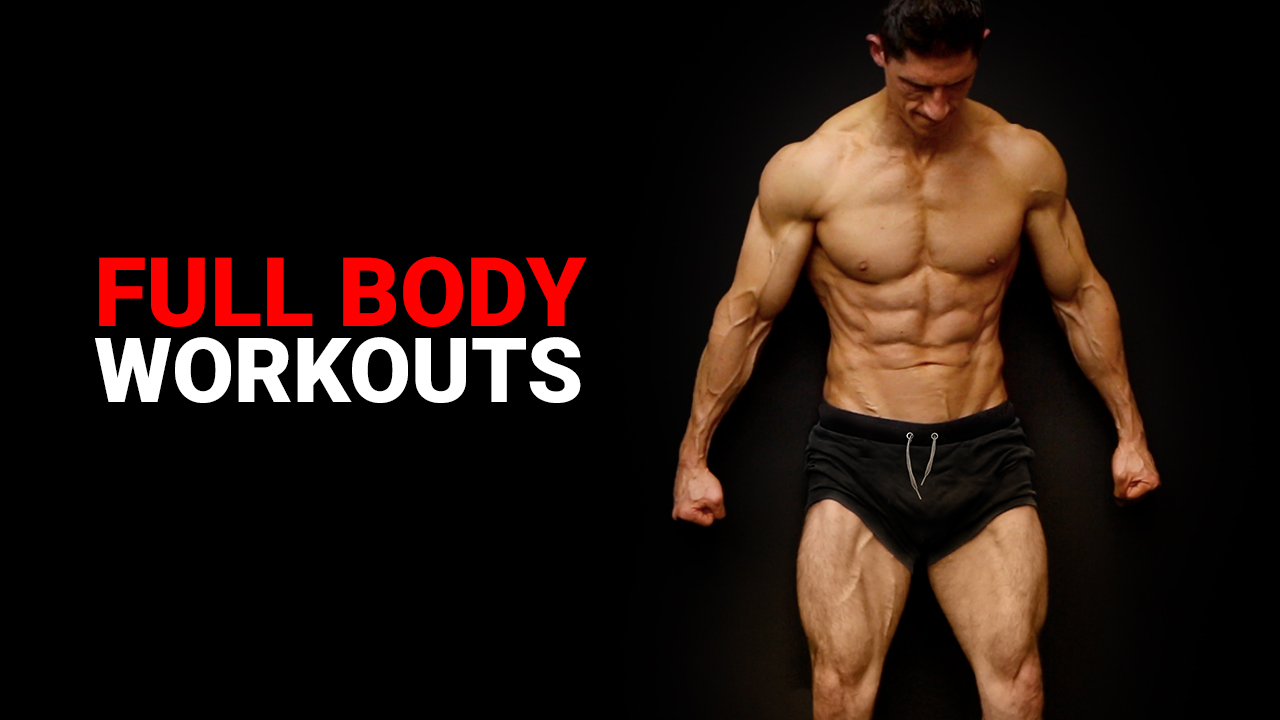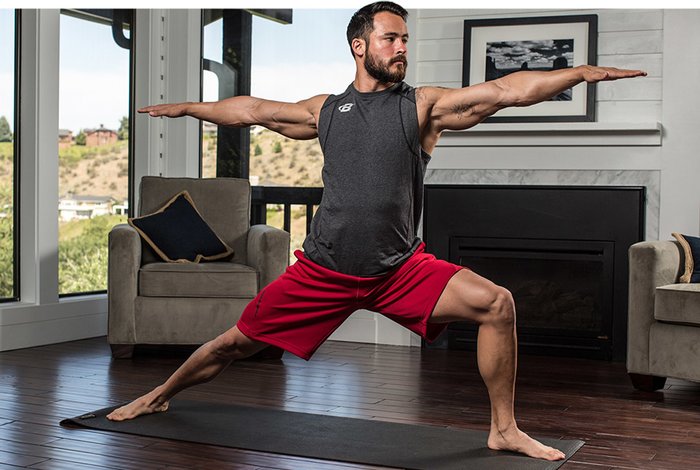When I first began lifting weights, I knew nothing about setup. I was thinking I could just walk into the gym, grab some dumbbells, and start weight lifting. I quickly noticed, though, that there is far more to it than that. What Should You Always Do Before Lifting Weights? The solution is easy: give your body and mind. Allow me to go over what I have learned over the years to make sure you are ready to lift safely.
Why Is Warming Up Important Before Lifting Weights?
The failure to warm up was one of my worst early errors. I was mistaken to believe it was a waste of time. Is it important to warm up before lifting weights? Of course! Warming up boosts blood flow, relaxes muscles, and primes the body for the next activity. It lowers the chance of harm as well.
Read also: 30 Day Peloton Workout Plan
How Long Should I Warm Up Before Lifting Weights?
5 to 10 minutes warming up is how much time I typically spend. Light aerobic exercises like stationary cycling, jumping jacks, or running in place may fall under this category. Warming up your muscles and raising your heart rate are the objectives. I might take a bit longer to warm up if I'm going to be lifting heavier weights to make sure my body is prepared.
What Should You Always Do Before Lifting Weights? A Pre-Workout Warm-Up Routine
Every time I go to the gym, I do this easy pre-workout warm-up routine:
-
Light Cardio (3-5 minutes): I begin by doing something simple, like cycling or brisk walking.
-
Smart Stretches (2-3 minutes): I do tasks like arm circles, leg swings, and bodyweight squats for stress relief.
-
Utilize light weights to practice the exercise. (2-3 minutes): For example, I will begin with merely the bar if I want to perform bench presses to adjust my muscles to the exercise.
Stretching Before Weightlifting: Yes or No?

I used to believe that stretching before lifting was vital, but I've now found that static stretching—holding a stretch for a long amount of time—isn't the ideal way to warm up before working out. Static stretching can lead to excessive muscle suppleness and increase the risk of injury. Rather, I focus on dynamic stretches that require movement, such as high knees or lunges.
Mental Preparation Before Weight Training
Lifting weights requires mental focus along with physical strength. Before I begin lifting, I always take a few minutes to clear my head. The task may be listening to my favorite pump-up song, seeing my workout, or even creating goals for the session. I find that mental preparation before weight training keeps me motivated and focused.
What to Eat Before Weightlifting
When I used to exercise with weights on an empty stomach, I would make the mistake of feeling weak and exhausted midway through my workout. I now make it a point to consume a little snack 30 to 60 minutes before lifting before lifting. Here are a few of my favorite choices:
Selecting a meal that provides you with energy without making you feel overly full is crucial, but what to eat before weightlifting depends on your tastes.
Hydration Before Strength Training
Another thing I used to forget was to stay hydrated. I now always have a glass of water before working out and carry a water bottle with me while working out. It's key to drink water before strength training since even a small amount of dehydration can impair performance.
Read also: Are Yoga Poses Meant To Worship Gods
Should You Do Cardio Before Lifting Weights?
I often get this question. Before lifting, I prefer to perform a little cardio to raise my heart rate, but I do it briefly. I don't want to exhaust myself with too much cardio just before lifting large weights. Is it better to conduct aerobic exercises before lifting weights? You decide, but moderation is key.
How to Check Your Form and Posture
I check my form before I begin lifting in the following ways:
1. Start with Light Weights
I always begin learning a new exercise with modest weights or even just the bar. This practice enables me to focus on my form free from concern about overly heavy lifting.
2. Use a Mirror
To check my posture, I prefer to stand before a mirror. This method keeps my back erect, my shoulders in the correct position, and my steps fluid.
3. Ask for Feedback
If I am not sure about my form, I will ask a gym friend or trainer to see me and provide advice. It might be difficult to know if you are doing it correctly on your own.
4. Record Yourself
Recording myself on my phone is another ploy I employ. Later, seeing the video helped me find any errors I might have missed.
Common Form Mistakes to Avoid
These are some of the most common mistakes I've made and seen others make, along with remedies:
1. Rounding Your Back
This change is a major one, especially for deadlifts or squats. I now focus on keeping my back straight and neutral; I used to round it. This posture allows me to lift higher and shield my spine.
2. Locking Your Joints
Locking my knees or elbows at the peak of a movement used to help me, but this might strain my joints overly. I now preserve a little bend in my knees and elbows to prevent this.
3. Using Momentum
I used to swing my body to raise more weights when I initially started. This approach can simplify the lift, but it takes the emphasis off the muscles you are aiming to use. I now pay close attention to thinking about motions.
Breathing Techniques Before Lifting Weights
Truly, weightlifting is much like breathing. I used to feel lightheaded due to improper breathing techniques during lifting. Currently, I focus on breathing ways before lifting weights. Usually, you should inhale when lowering the weight and exhale while lifting it.
Best Supplements to Take Before Lifting

Though I don't rely too much on vitamins, I find a couple to be useful. To get an energy boost, for instance, I at times take a pre-workout pill. Other choices include branched-chain amino acids (BCAAs) or protein powder. The best supplements to take before lifting rely on your objectives, but first, it's always a smart idea to see a doctor or nutritionist.
Weight Lifting for Beginners: Female and Male
If you are new to weightlifting, relax—everyone starts somewhere. Here are a few pointers I wish I knew when I was a novice:
-
Start light: Try not to raise large weights straight right away. First, focus on reciting the motions.
-
Be consistent: Regularly getting smaller weights is better than going all out once at a time.
-
Ask for help: Ask your trainer or gym partner if you are unsure about how to do a task.
The basics are the same whether your interests are weight lifting for beginner females or weight lifting for beginner males start gently, focus on form, and pay attention to your body.
Read also: Can I Workout Three Days After Tattoo
The best warm-up for lifting heavy weights
Should you want to lift heavy, your warm-up should be more active. I prefer to do a perfect warm-up for lifting large weights, which includes:
-
Light cardio (5 minutes): To start my heart rate rising.
-
Active stretches (5 minutes): To ease the stress from my muscles.
-
Work the workout using smaller weights (5 minutes): To get my body ready for the larger lifts.
Final Thoughts: What Should You Always Do Before Lifting Weights?
All added up, what should you always do before lifting weights? Prepare your body and mind. Warm up, have a little food, stay hydrated, and focus on your form. Although you may be a novice lifter, these rules will help you maximize your workout and stay safe. Recall that lifting weights is a voyage and that it's beneficial to take your time. Start slowly, keep it constant, and most importantly, have fun!
FAQs: What Should You Always Do Before Lifting Weights?
Is it necessary to warm up before lifting weights?
Not even with limited time should you skip warm-ups. Preventing injuries and improving performance depend on warm-ups. If you're running short, think about a cut warm-up stressing dynamic motions aimed at key muscle areas during your exercise.
What should you always do before lifting a load?
Where at all feasible, use correct care help. Will you require help with the load? Clear obstacles like wrapping materials that have been discarded. Think about resting the load midway on a table or bench to modify grip for lengthy lifts, say from floor to shoulder height.
Is it OK to work out without warming up?
Warming up is crucial before any kind of exercise, whether your favorite is lifting weights in the gym or more mild forms like Pilates and online yoga courses, as it helps avoid injuries and improves performance. You run the danger of injuring yourself during exercise without enough warm-up.
What to eat before the gym?
-
An energy bar.
-
A banana, an apple, or other fresh fruit.
-
Yogurt.
-
A fruit smoothie.
-
A whole-grain bagel or crackers.
-
A low-fat granola bar.
-
A peanut butter sandwich.
-
Sports drink or diluted juice.
What is the first rule of lifting?
Look straight ahead; maintain your back straight; stretch your chest outward, and back your shoulders. This keeps your upper back straight even if your lower back slightly archs. Slowly raise by straightening your hips and knees—not from your back. Keeping your back straight, avoid twisting when lifting.








